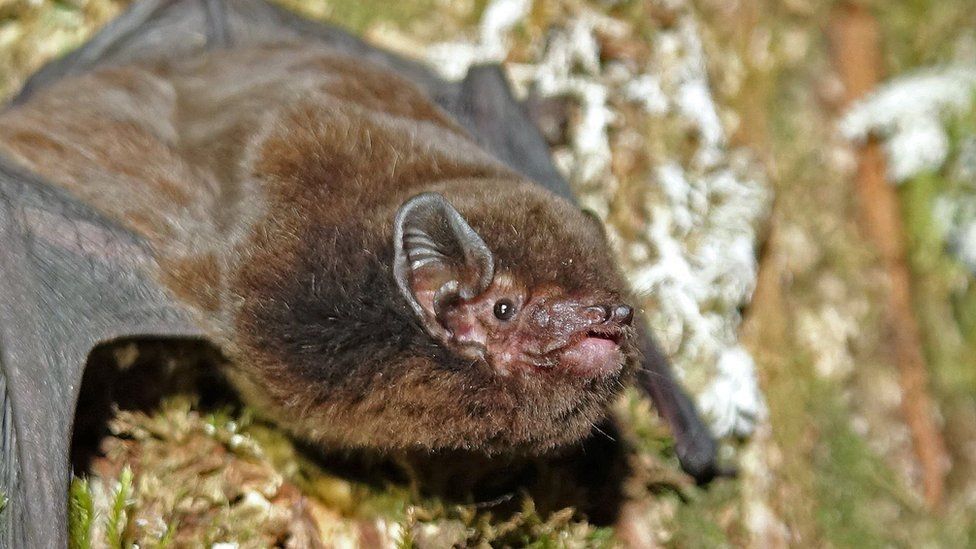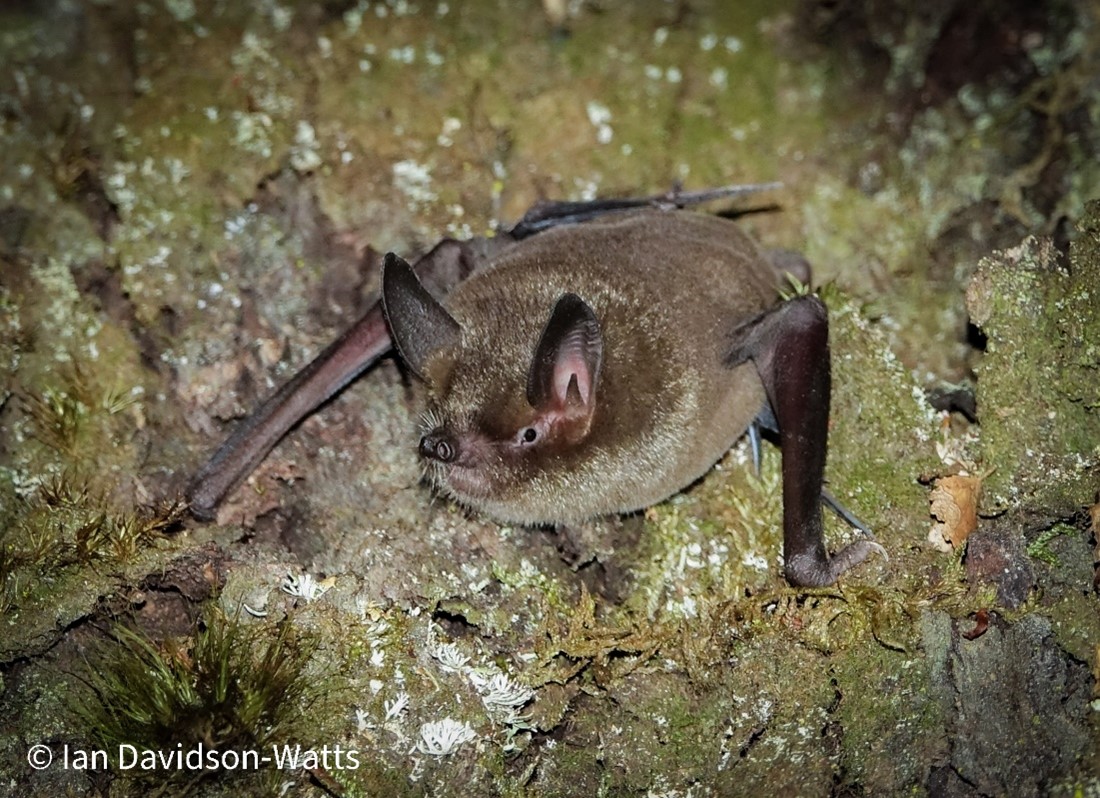Long-tailed bat
The long-tailed bat has been recorded widely across Otago but is severely threatened, including by introduced predators, habitat loss, and human-induced climate change.
Long-tailed bats were assessed as Regionally Critical, the most severely threatened status. This means the species faces an immediate high risk of extinction in Otago.
Although the Catlins in south-eastern Otago and the Dart in western Otago have been identified by DOC as priority sites for management of long-tailed bats, all bat populations need conserving due to severe threats facing the species.
 Pekapeka-tou-roa/long-tailed bat. Photo: Ian Davidson-Watts
Pekapeka-tou-roa/long-tailed bat. Photo: Ian Davidson-Watts
Southern lesser short-tailed bat
No recent records of southern lesser short-tailed bats have been confirmed in the Otago region.
However, the proximity of a southern lesser short-tailed bat record in the upper Eglinton valley just across the Otago-Southland border, and a growing population further down the Eglinton valley because of intensive mammalian predator control, raises the possibility that bats from this area could potentially be travelling across the regional boundary into Otago.
The southern lesser short-tailed bat was assessed as Regionally Data Deficient. This status is used where information is so lacking that an assessment is not possible.

Pekapeka-tou-poto/southern lesser short-tailed bat. Photo: Ian Davidson-Watts
New Zealand Threat Classification System
The regional threat classification system leverages off the New Zealand Threat Classification System administered by DOC on behalf of all New Zealanders.
Threat classifications play a key role in assessing trends in indigenous species.
DOC is tasked with managing indigenous species nationally, but regional and district councils have statutory obligations to maintain indigenous biodiversity under the Resource Management Act 1991 (RMA), including to manage the habitats of threatened species.
A key requirement of managing the habitats of threatened species is to understand regional distribution and population sizes.
Conservation Status of Bat Species in Otago report
Otago Regional Council ECO Fund
New Zealand Threat Classification System



